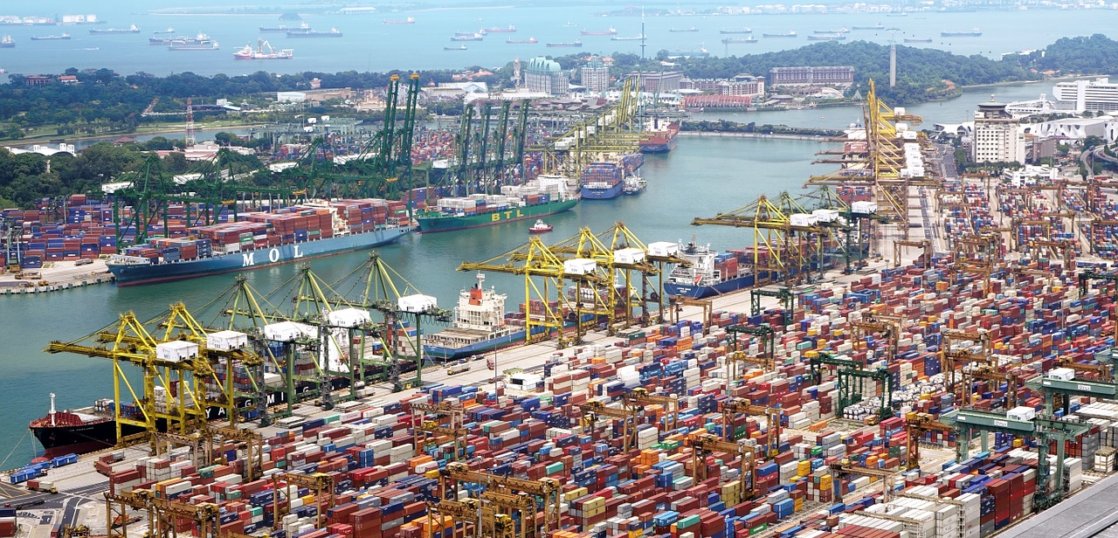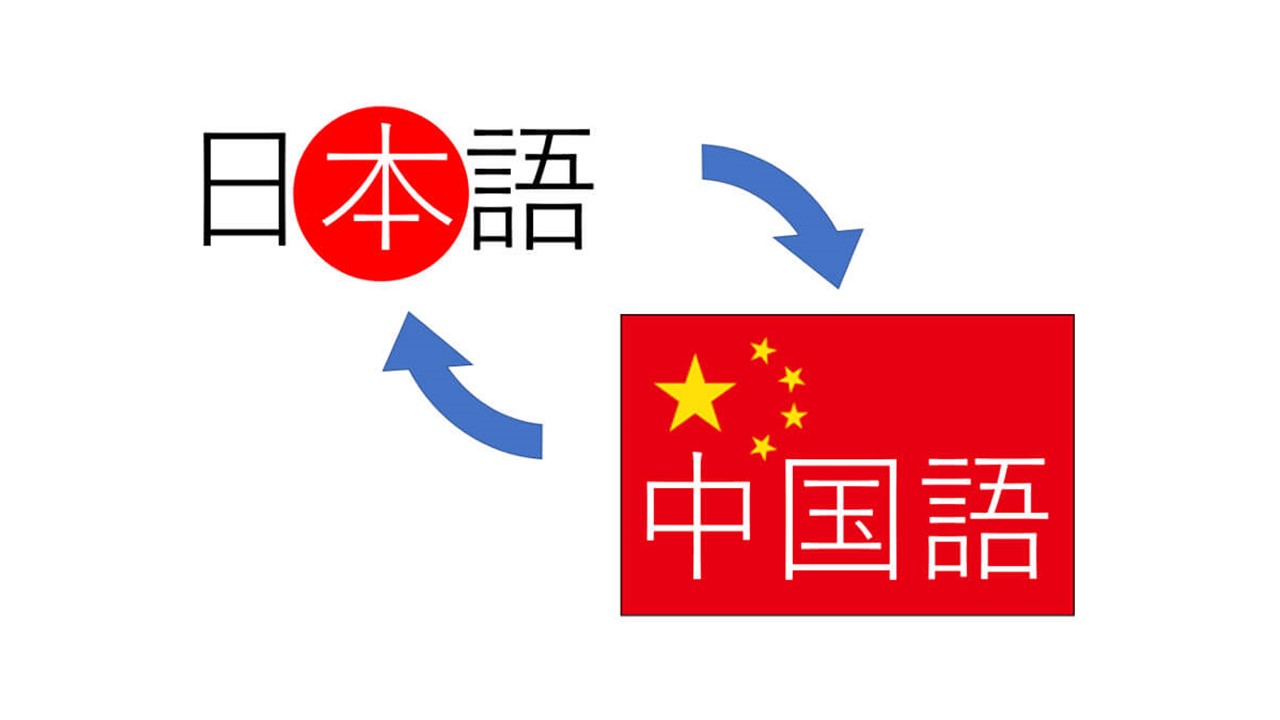Customs duties and import consumption taxes on imports
When exported goods are returned to Japan
Procedure for re-import duty exemption
When parts are repaired overseas
Import consumption tax is deductible
Customs duties and import consumption taxes on imports
If the taxable value of the product exceeds 10,000 yen, customs duties and import consumption tax will be imposed.
As for tariffs, tariff rates vary depending on the product, but import consumption tax is a flat rate regardless of the product. Incidentally, import consumption tax is approximately 8% (*1 import consumption tax) as of January 2019, consisting of domestic consumption tax and local consumption tax.
How to find out the taxes (tariffs) when importing electrical components from China
As of January 2019, the import sales tax is as follows
➀Internal consumption tax = CIF price of imported goods before fractional treatment × 6.3% (rounded down to the nearest 100 yen)
➁Local consumption tax = Domestic consumption tax x 17/63 (rounded down to the nearest 100 yen)
---------
➂Import Consumption Tax = ➀ + ➁ *Approximately 81 TP2T. Imports of goods with a total taxable value of 10,000 yen or less are exempt from customs duties and consumption taxes, except for items such as alcohol and tobacco, which are subject to special taxes.
When exported goods are returned to Japan
When products sent overseas are returned to Japan, theWithout any change in properties or shape.If imported again, the re-import duty exemption will be applied.Exemption from customs duties and import consumption taxThe following is a summary of the provisions of the Customs Tariff Law. (Article 14.10 of the Customs Tariff Law)
Here's the thing.No change has been made to the nature or shape of the product when the export license was granted.This is the condition.
Upon receiving an application for duty-free re-importation, the competent customs office at the place of importation will review the documents submitted by the importer at the time of exportation to determine if the goods are indeed of the same nature and shape as the returned goods. If this cannot be proven, the re-import duty exemption will be denied.
In addition, once a product has been imported into Japan, if it is exported back to Japan, theReduction or exemption of tariffs, etc., conditional on export when first imported into Japan.The re-import duty exemption will be denied even if the goods have been
Since documentation at the time of export is important, when sending cargo overseas that you plan to return to Japan, we recommend that you use forwarders rather than simple international couriers such as EMS, DHL, or FEDEX, and leave export documentation that will not cause problems when re-importing.
(2) Goods exported from Japan, the nature and shape of which have not changed since the time of permission for export (2) In the case where goods are exempted from customs duties pursuant to the provision of Article 19-2, paragraph (1), goods sent to a foreign state under the said paragraph, and goods for which a refund or deduction of customs duties has been made pursuant to the provision of paragraph (2) or (4) of the said Article, Article 19-3, paragraph (1) or (3), or Article 20, paragraph (1), (2), (4) or (5), are excluded.
Procedure for re-import duty exemption
Indicate on the import declaration form that you wish to apply for duty-free re-importation.
At the time of import declaration, an export permit or customs certificate is presented to the customs director having jurisdiction over the place of import to confirm that the goods to be re-imported have been exported from Japan. However, if other documents are available to prove that the goods fall under this provision, it is not necessary to present an export permit, etc.
point
(1) The re-import duty exemption includesNo time period is specified between export and return.In addition, theThere is no rule for prior notification at the time of export declaration.The following is a list of the most common problems with the
(iii) For tax reduction on goods exported for processing or repair, application must be made at the time of export and the goods must be returned to Japan within one year from the date of approval of export.
When parts are repaired overseas
If I purchase electronic components made overseas but they are broken and I want to repair them at a foreign manufacturer, can I apply for the re-import duty exemption?
Electronic components have the same shape when sent overseas and when returned to Japan. The question is, in the case of repairs, are they considered to have changed properties?
We have inquired with Customs and found that, in this case, theTax reduction on goods exported for processing or repairThey are likely to be judged to be
The three differences between [duty-free reimportation] and [tax reduction on goods exported for processing or repair].
(1) [Exemption from re-import duties] exempts (or eliminates) customs duties and import consumption taxes, whereas [Reduction in taxes on goods exported for processing or repair] is applied to goods exported for processing or repair overseas that have been processed or repaired.Duty on value-added portion, import consumption taxmust be paid.
(2) In the case of [tax reduction on goods exported for processing or repair], however, the tax reduction is applied even if no special procedures have been taken at the time of exportation.export declarationThe expected date and place of importation must be stated, as well as the fact that the product is to be exported for processing or repair to the
(iii) [Exemption from re-import duty] does not specify the period between the export of the product and its return to Japan, but [Tax reduction on goods exported for processing or repair] provides for a period from the date of export permission to the date of return to Japan.As a general rule, within 1 yearto be returned to Japan.
Goods to be exported from Japan for processing or repair and imported within one year (in cases where there is a compelling reason to exceed one year and approval has been obtained from the Directors-General of Custom-Houses pursuant to the provisions of Cabinet Order, goods to be imported within a period exceeding one year and designated by the Directors-General of Custom-Houses) from the date of permission for export (in the case of goods for processing, limited to those that are deemed difficult to process in Japan) (In the case of goods for processing, it is limited to those that are deemed difficult to be processed in Japan.) (2) With respect to imports of goods (limited to those that are deemed to be difficult to process in Japan), pursuant to the provision of a Cabinet Order, the customs duties on said imported goods may be reduced within the amount calculated by multiplying the amount of customs duties on said imported goods by the ratio of the taxable value of said goods as if they were imported according to the nature and form at the time of export permission to the taxable value of said imported goods, pursuant to the provisions of a Cabinet Order.
Import consumption tax is deductible
The sales tax paid by companies is
(Consumption tax received on sales) - (Consumption tax paid on purchases and expenses) = (Consumption tax to be paid)
It is.
Import sales tax falls under the category of sales tax paid on expenses. Therefore, theIt is possible to deduct the import consumption tax paid from the consumption tax paid.
Companies that receive little consumption tax from sales in the first place, such as those with large export sales, may have negative consumption tax to pay, in which case the negative amount may be refunded.
*However, there is no deduction for customs duties. Please check with a tax accountant or other professional for details.



